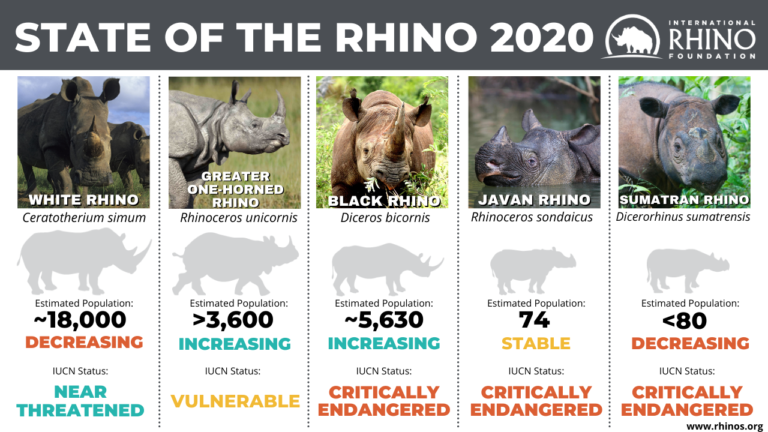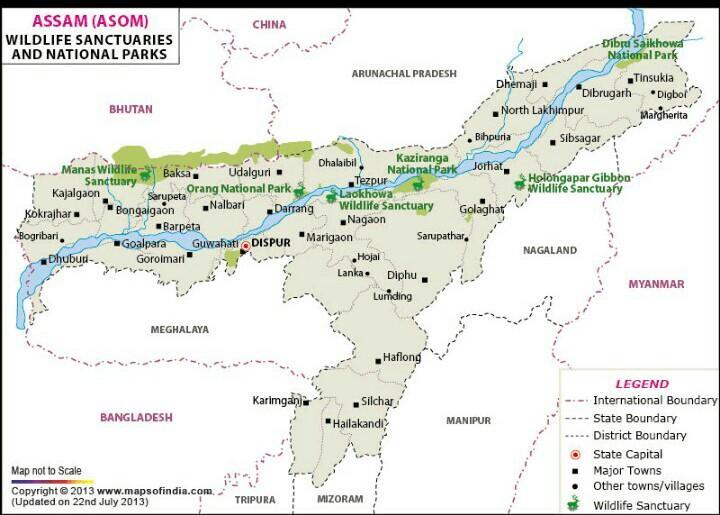Free Courses Sale ends Soon, Get It Now


Free Courses Sale ends Soon, Get It Now



Copyright infringement is not intended
Context: The population of the greater one–horned or Indian rhinoceros in the Kaziranga National Park and Tiger Reserve has increased by 200 in four years, the latest census of the World Heritage Site’s flagship animal has revealed.
Key highlights of recent survey:
Great Indian rhinoceros
Indian Rhino Vision 2020 (IRV2020)
National Rhino Conservation Strategy for India:
About KNP:

https://epaper.thehindu.com/Home/ShareArticle?OrgId=GA79LDSSS.1&imageview=0&utm_source=epaper&utm_medium=sharearticle
© 2024 iasgyan. All right reserved